- Home
- About Us
- Products
-
Heat-Pump Dehumidifier DeAir
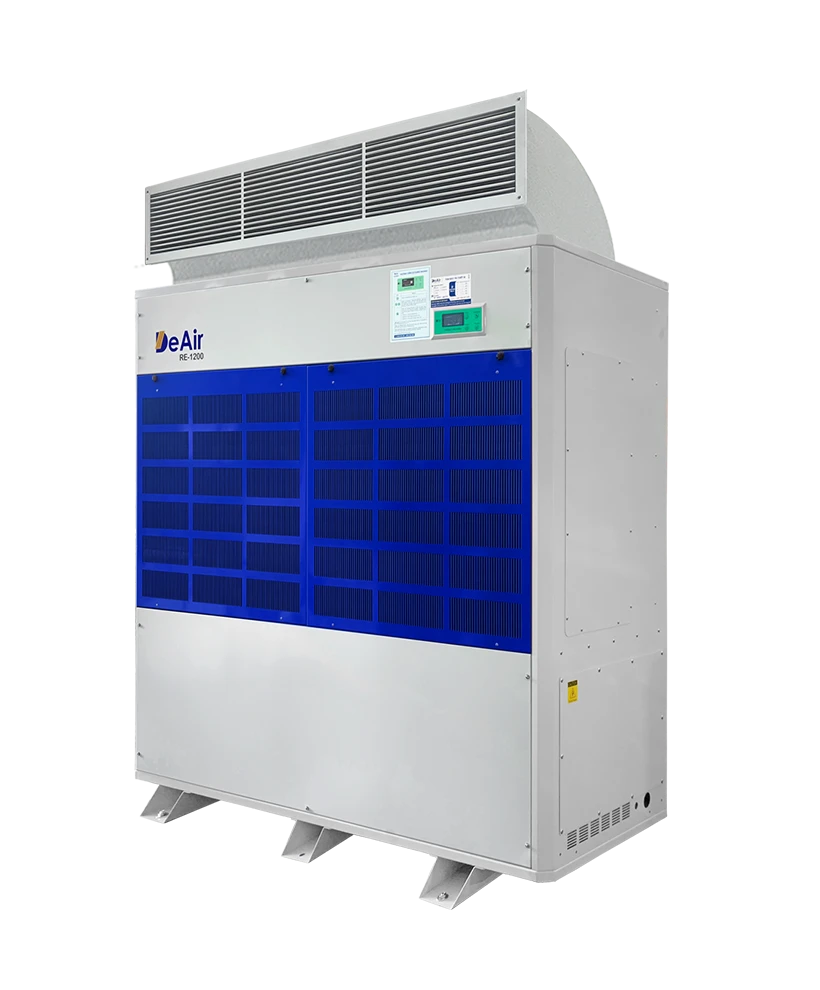 DeAir.RE
DeAir.RE -
Heat-Pump Dryer DeAir.RE-H
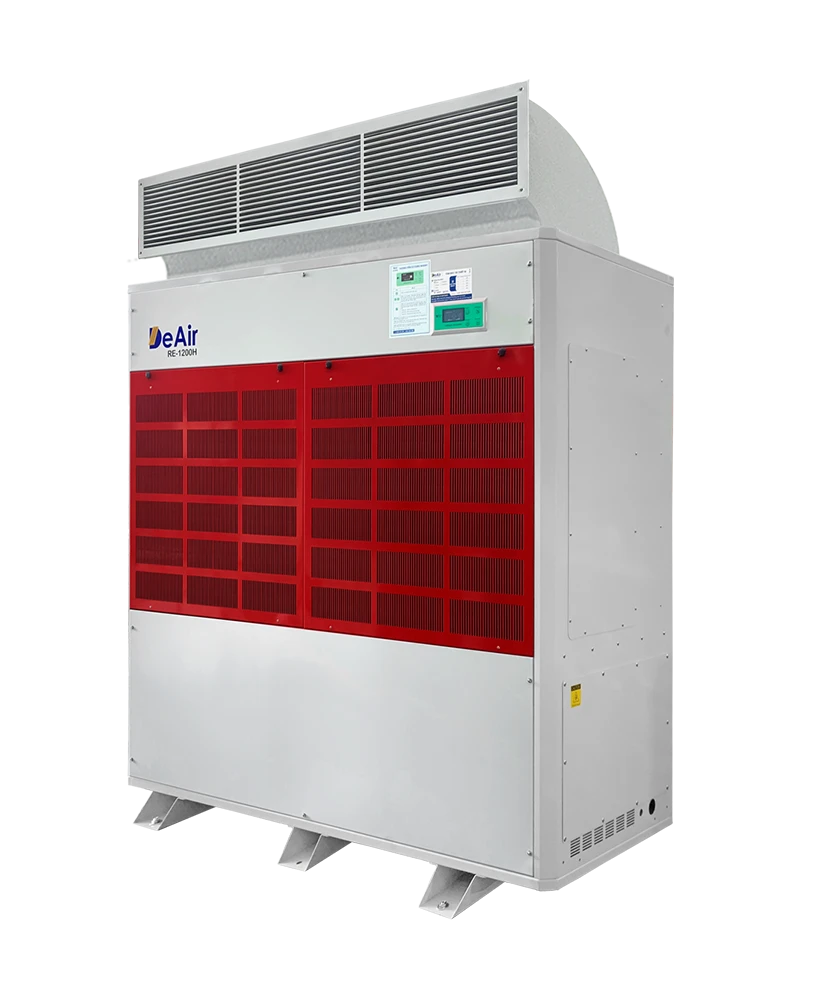 DeAir.RE-H
DeAir.RE-H -
Heat-Pump Stainless Steel Dehumidifier
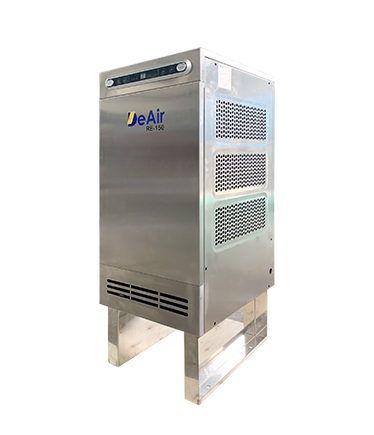 DeAir.RE-INOX
DeAir.RE-INOX -
Heat-Pump Isothermal Dehumidifier DeAir.CRE
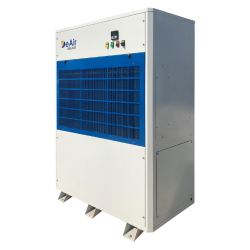 DeAir.CRE
DeAir.CRE -
Dezenno Dehumidifier
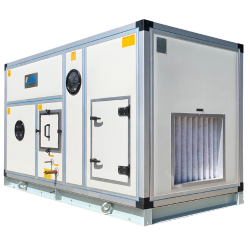 Dezenno
Dezenno -
Heat-Pump Ceiling Mounted Dehumidifier DeAir
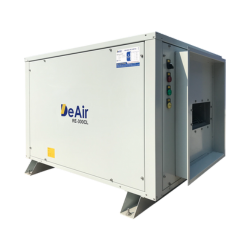 DeAir.RE-CL
DeAir.RE-CL -
Dehumidifier Olmas
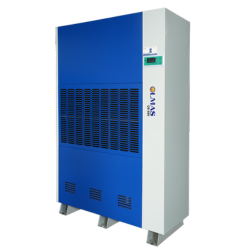 Olmas-OS
Olmas-OS -
Industrial Humidifier DeAir
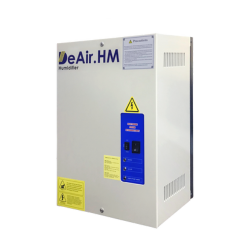 DeAir.HM
DeAir.HM -
Heat-Pump Dryer Daxwell
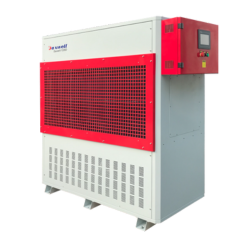 Daxwell
Daxwell -
Electric Duct Heater DeAir
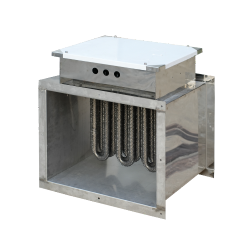 DeAir.Heat
DeAir.Heat -
Air Handling Unit Dezenno.MAX
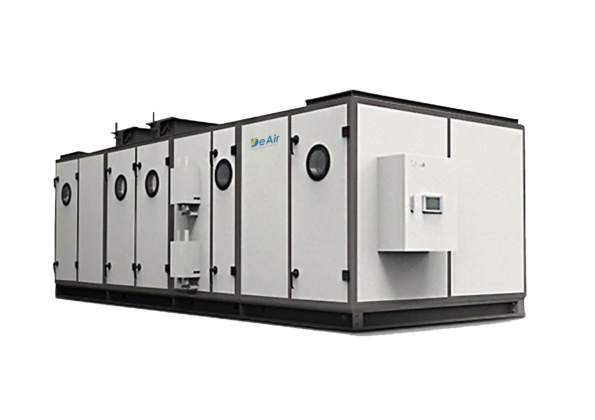 AHU
AHU
-
- Services
- Projects
- Warranty – Maintenance
- News
- Contact
The HVAC & Humidity Control A-Z Glossary: Explaining AHU, Dehumidifier, FAT, and Common Terms
31/10/2025
Decoding the "Matrix" of HVAC & Humidity Control Terms
Are you an engineer, a factory manager, or a procurement officer? Do you often feel confused by a barrage of technical terms like "AHU," "Dehumidifier," "Heat Pump," "Rotor," "FAT"...? When investing in an environmental control system worth hundreds of millions of VND, understanding these terms is crucial to selecting the right solution and avoiding costly mistakes.
This article, compiled by DeAir, serves as a living "dictionary" to answer ALL the most common questions and concepts, from basic to advanced, helping you confidently master your HVAC and environmental control projects.

Table of Contents
Part 1: Concepts in Air Handling (AHU)
What is an AHU? (Includes: What is an Air Handling Unit? What is AUH?)
AHU stands for Air Handling Unit. It is a central air handling device in HVAC systems, responsible for controlling and conditioning the air for a specific zone or an entire building. (Note: "AUH" is a common typo for AHU).
You can think of an AHU as a giant "box" containing key components like: a fan, heat exchange coils (cooling/heating coils), air filters, and potentially humidifiers or dehumidifiers. DeAir offers the AHU Dezenno.MAX line with high customization for specialized applications.
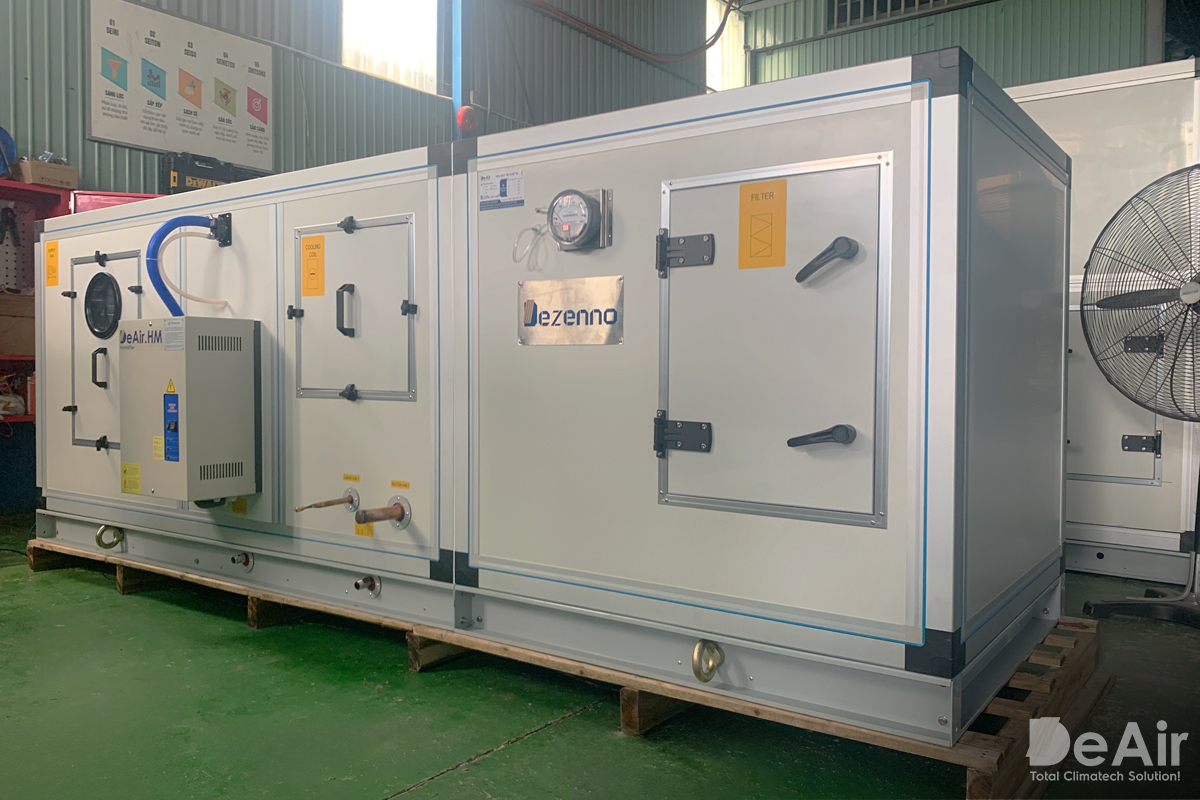
What is an AHU system? (Includes: AHU room, AHU air conditioning system)
An AHU system is a complete system that includes the AHU itself and the ductwork to distribute the treated air to the rooms, along with another set of ducts to draw old air back to the AHU (return air). An "AHU Room" is simply the dedicated mechanical room where the AHU is located, ensuring sound insulation and easy maintenance. An "AHU air conditioning system" is a common term referring to the cooling (air conditioning) function of the AHU when it is connected to a Chiller (water cooling machine).
What is AHU in HVAC?
HVAC stands for Heating, Ventilation, and Air Conditioning. According to ASHRAE (American Society of Heating, Refrigerating and Air-Conditioning Engineers), HVAC is the core technology ensuring comfort and air quality in buildings. The AHU is the "heart" that performs the V (Ventilation) and AC (Air Conditioning) functions within the overall HVAC system.
Part 2: Concepts in Humidity Control (Dehumidifier)
What is a dehumidifier? (Includes: Dehumidifier meaning)
A Dehumidifier is a device that proactively removes excess water vapor from the air, with the goal of lowering and maintaining the relative humidity (%RH) in an enclosed space to a desired set point.
What is a humidifier?
Opposite to a dehumidifier, a Humidifier is a device used to add water vapor to the air. This device is used in environments that are too dry (e.g., rooms with continuous air conditioning, cigar humidors, some curing rooms) that need to maintain a higher level of humidity.
Basic Humidity Concepts (Relative Humidity, Dew Point)
- Relative Humidity (RH): The percentage of water vapor in the air compared to the maximum amount of water vapor the air can hold at that specific temperature. This is the number you see on your dehumidifier (e.g., 60%RH).
- Dew Point: The temperature at which air becomes saturated (100%RH) and water vapor begins to condense into liquid water (dew). This is a critical concept in cold storage applications.
What's the difference between a home and industrial dehumidifier?
These are two completely different product lines in terms of purpose and design.
| Feature | Industrial Dehumidifier (DeAir.RE) | Home Dehumidifier (Olmas) |
|---|---|---|
| Capacity | Very high (60 - 1000+ L/day) | Small (12 - 60 L/day) |
| Material | Thick steel, powder-coated, Stainless Steel | ABS Plastic |
| Durability (Operation) | Designed to run continuously 24/7 | Designed for intermittent, hourly use |
| Application Space | Factories, warehouses, large basements | Bedrooms, living rooms, offices |

Part 3: Classifying Advanced Humidity & Heat Technologies
What is Heat Pump technology?
Heat Pump technology is a thermodynamic cycle that "pumps" heat from a cooler place to a warmer place. Instead of creating new heat (like an electric heater), it moves existing heat energy, resulting in superior energy savings.
What is a Heat Pump Dehumidifier? (DeAir.RE Technology)
This is an advanced condensing dehumidifier that applies Heat Pump technology. It reuses the waste heat generated by the compressor to warm the dry outlet air. The benefit is high dehumidification efficiency, significant energy savings, and warm outlet air, suitable for storage and light drying. This is the core technology of the DeAir.RE series.
What is a Heat Pump Dryer? (Includes: What is heat pump drying?)
A Heat Pump Dryer, like the Daxwell, is a dryer that uses heat pump technology (instead of a resistance heater) to create a flow of hot, dry air. It operates in a closed loop, allowing it to dry products at low temperatures (preserving quality, color, nutrients) and saving 50-70% on electricity compared to traditional electric dryers.
What does "dry cure" (Khô cong) mean?
"Khô cong" is a Vietnamese colloquial term in the drying industry. It refers to a state of being dried to the absolute limit, where the moisture content in the material is extremely low (near 0%), causing the material (like dried fish or squid) to become hard and curl up. It signifies the highest level of dryness.
What is a Rotor (Desiccant) Dehumidifier? (Dezenno Technology)
This is a type of dehumidifier that does not use a compressor (no cooling). It uses a honeycomb wheel (Desiccant Rotor) made of silica gel to "absorb" moisture. Its outstanding advantage is its ability to operate effectively at very low temperatures (including sub-zero) and achieve ultra-low humidity (below 5%RH). This is the technology behind the Dezenno series.
What is an Isothermal Dehumidifier? (DeAir.CRE Technology)
This is a smart condensing dehumidifier designed with a separate, remote condenser unit. The core benefit is that it can dehumidify powerfully without increasing the room's temperature, solving the "energy conflict" when used alongside air conditioning. This is the technology of the DeAir.CRE series.
Infographic: Comparing 4 Key Heat & Humidity Technologies
HEAT-PUMP (DeAir.RE)
Principle: Condensing + Heat Recovery.
Feature: Energy-saving. Outlet air is slightly warm.
Use for: Standard dehumidification (>15°C).
HEAT-PUMP DRYER (Daxwell)
Principle: Heat pump in a closed-loop drying system.
Feature: Dries at low temps (30-80°C), preserves quality.
Use for: Drying agricultural products, food, herbs.
ROTOR (Dezenno)
Principle: Absorption by Silica Gel.
Feature: Works at sub-zero temps. Achieves ultra-low humidity (<5%RH).
Use for: Cold storage, battery production, pharma.
ISOTHERMAL (DeAir.CRE)
Principle: Condensing + Remote Condenser.
Feature: Dehumidifies without heating the room.
Use for: AC rooms, labs, wine cellars.
Part 4: Concepts in Process & Engineering (FAT)
What is FAT in manufacturing? (Includes: What is Factory Acceptance Test? What does FAT mean in engineering?)
FAT stands for Factory Acceptance Test. It is a critical quality control (QC) process in engineering and manufacturing.
As defined by engineering organizations like ISPE (International Society for Pharmaceutical Engineering), a FAT is a process where the client (or their representative) comes directly to the manufacturer's factory (like DeAir's) to inspect, test-run, and approve the equipment (dehumidifier, AHU, etc.) *before* it is packaged and shipped to the site. The benefit of a FAT is ensuring the machine meets all technical specifications and catching any potential issues early, saving significant costs and time that would be spent fixing problems on-site.

Part 5: FAQs When Buying & Selecting
How to calculate dehumidifier capacity by room size?
An accurate calculation depends on volume, air tightness, moisture load, etc. However, you can refer to this guide for choosing a home dehumidifier by area. The expert advice is to always choose a machine with a slightly larger capacity than your actual need. This helps the machine reach the target humidity faster, allowing it to rest, which saves energy and extends the compressor's life.
Which dehumidifier brand should I choose? Are DeAir and Olmas good?
The brand depends on your needs. DeAir is an expert in "Made in Vietnam" industrial dehumidifier solutions, focusing on energy-saving Heat-Pump technology and project customization. Olmas is an officially imported line, offering a great price, durability, and a 2-year warranty from DeAir, making it ideal for residential and light commercial use.
Which type of dehumidifier is best for a bedroom, living room, villa, or cold storage?
- Bedrooms: Use a quiet home unit like the Olmas OS-12 or OS-16.
- Living Rooms/Villas: Use a high-capacity home unit like the Olmas OS-55, or an industrial model like the DeAir.RE-60 for basements.
- Cold Storage/Facilities: You MUST use a specialized solution like a Rotor Dehumidifier (Dezenno) or an Isothermal Dehumidifier (DeAir.CRE).
Part 6: FAQs During Use
Should I run my dehumidifier 24/7? Is it expensive?
It's not necessary. Modern dehumidifiers have a built-in hygrostat. You just set your desired humidity (e.g., 55%RH). The machine will automatically run when humidity is high and turn off the compressor when the target is reached, saving energy.
Do I need to close windows and doors when running a dehumidifier?
Yes, absolutely. A dehumidifier works most efficiently in a sealed space. If you open doors or windows, outside moisture will continuously flow in, forcing the machine to run nonstop without ever reaching its target, which wastes electricity.
Why is my dehumidifier running but not collecting water?
There are 3 main reasons: 1. The filter is very dirty, blocking airflow. 2. The ambient humidity is already lower than your set point. 3. A technical fault (refrigerant leak, compressor failure). Check the first two reasons before calling a technician. See details in our 7 common errors guide.
How often should I clean my dehumidifier?
You should clean the air filter every 2-4 weeks, depending on the environment. A full maintenance service (cleaning coils, checking gas) should be done every 6-12 months. See the detailed maintenance checklist here.
Still Have Questions? Let DeAir's Experts Answer!
If you have any other questions about humidity or need an in-depth consultation for your factory or warehouse (from AHU, Industrial Dehumidifiers to Daxwell Dryers), contact DeAir now.
DEAIR JOINT STOCK COMPANY
Email: operation@deair.com.vn
Hotline: +84 925 977 579 (Ms. Tam) | +84 914 205 850 (Ms. Hoa)
Website: deair.com.vn
Sign up for news from DeAir
Related news






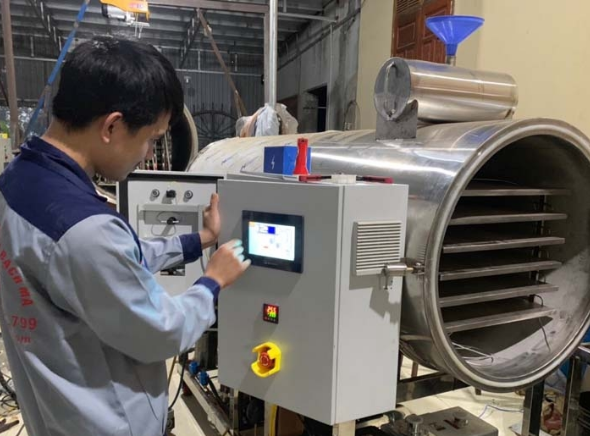



![[Case Study] DeAir Installs DeAir.De Rotor Humidity Control System for Pharmaceutical Plant in Binh Duong [Case Study] DeAir Installs DeAir.De Rotor Humidity Control System for Pharmaceutical Plant in Binh Duong](https://deair.com.vn/thumbs/news/2023_04/ban_giao_may_cho_duoc_bd/[270x153-cr]image1-1024x772.jpg__cv.webp)

![[Review & Guide] Olmas OS-300: The New Humidity Control "Warrior" for Medium to Large Warehouses [Review & Guide] Olmas OS-300: The New Humidity Control "Warrior" for Medium to Large Warehouses](https://deair.com.vn/thumbs/news/huong_dan_su_dung_may_olmas_21/[270x153-cr]vtm06440.png)